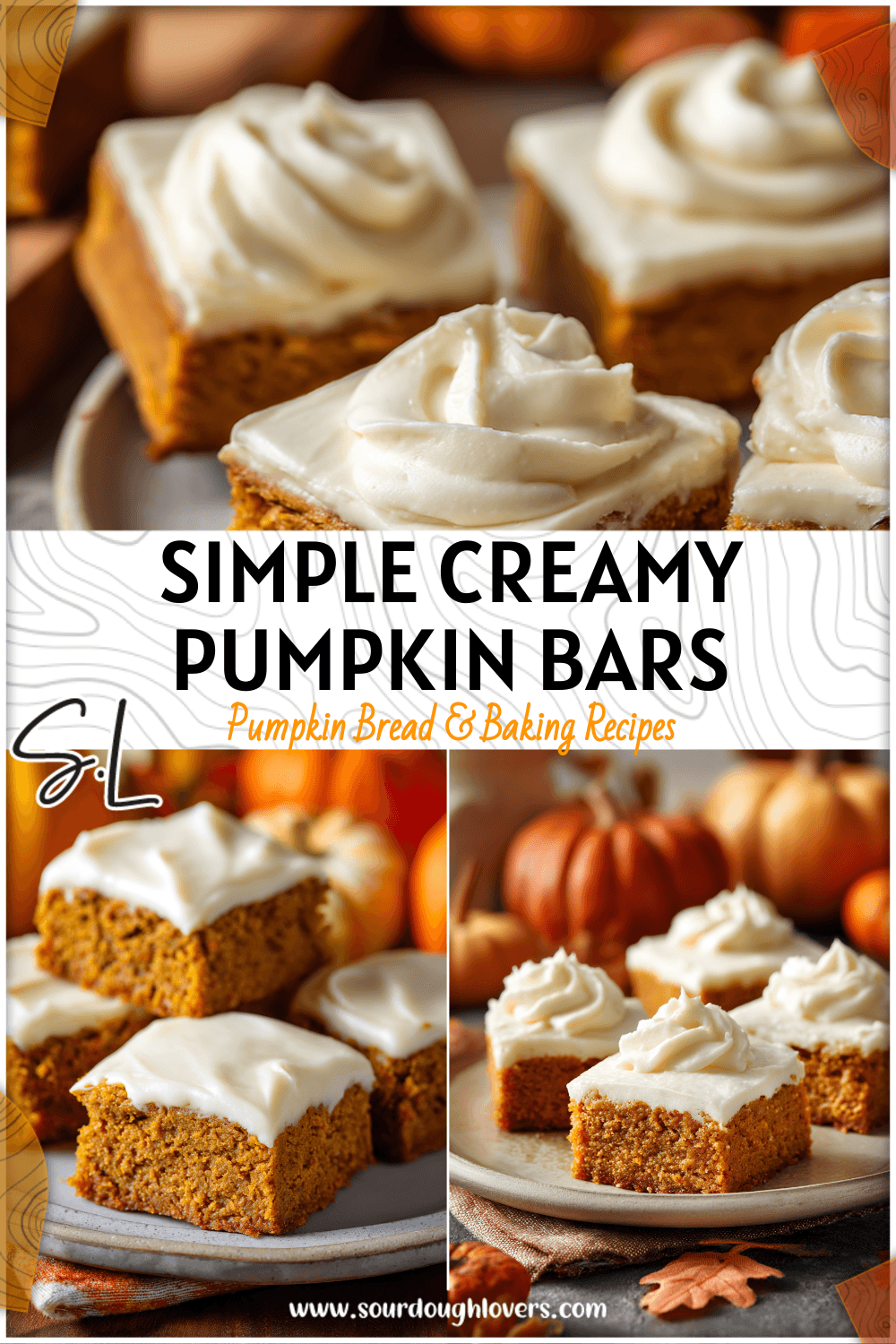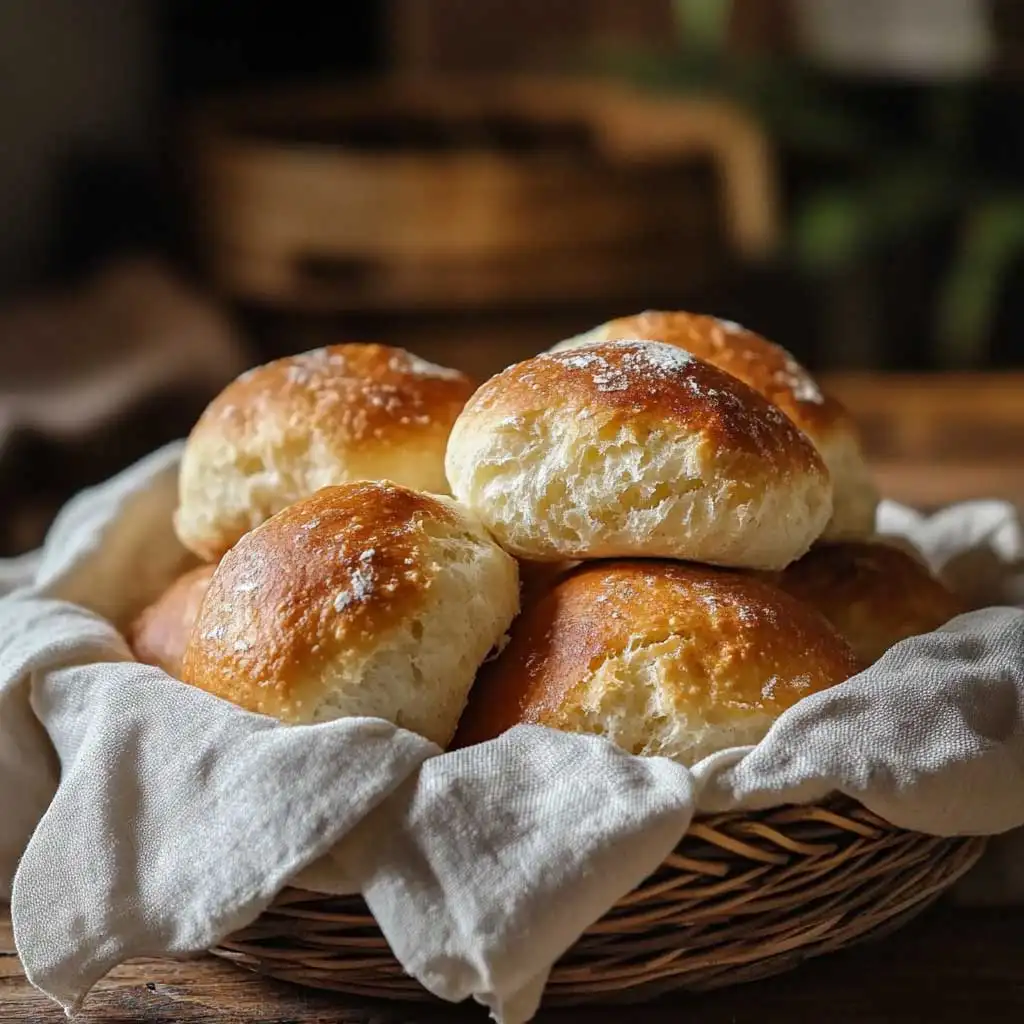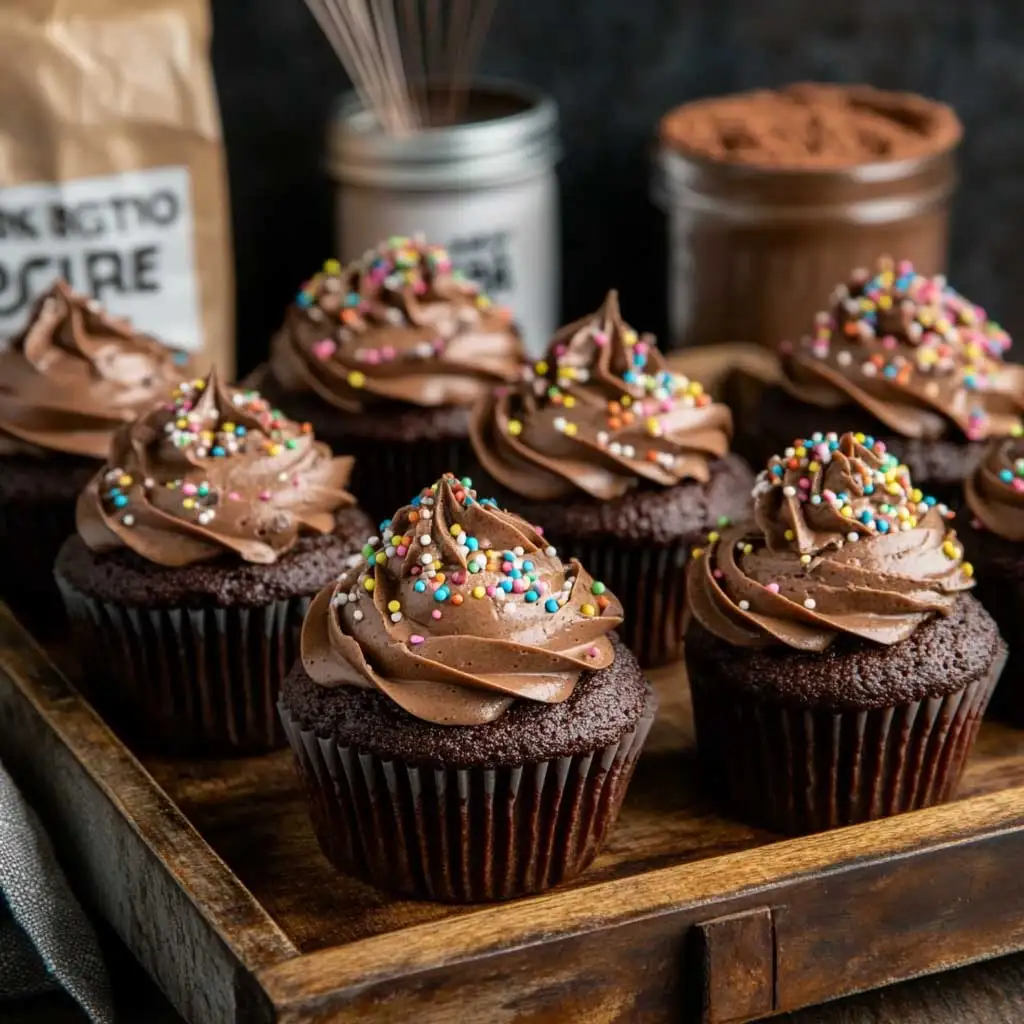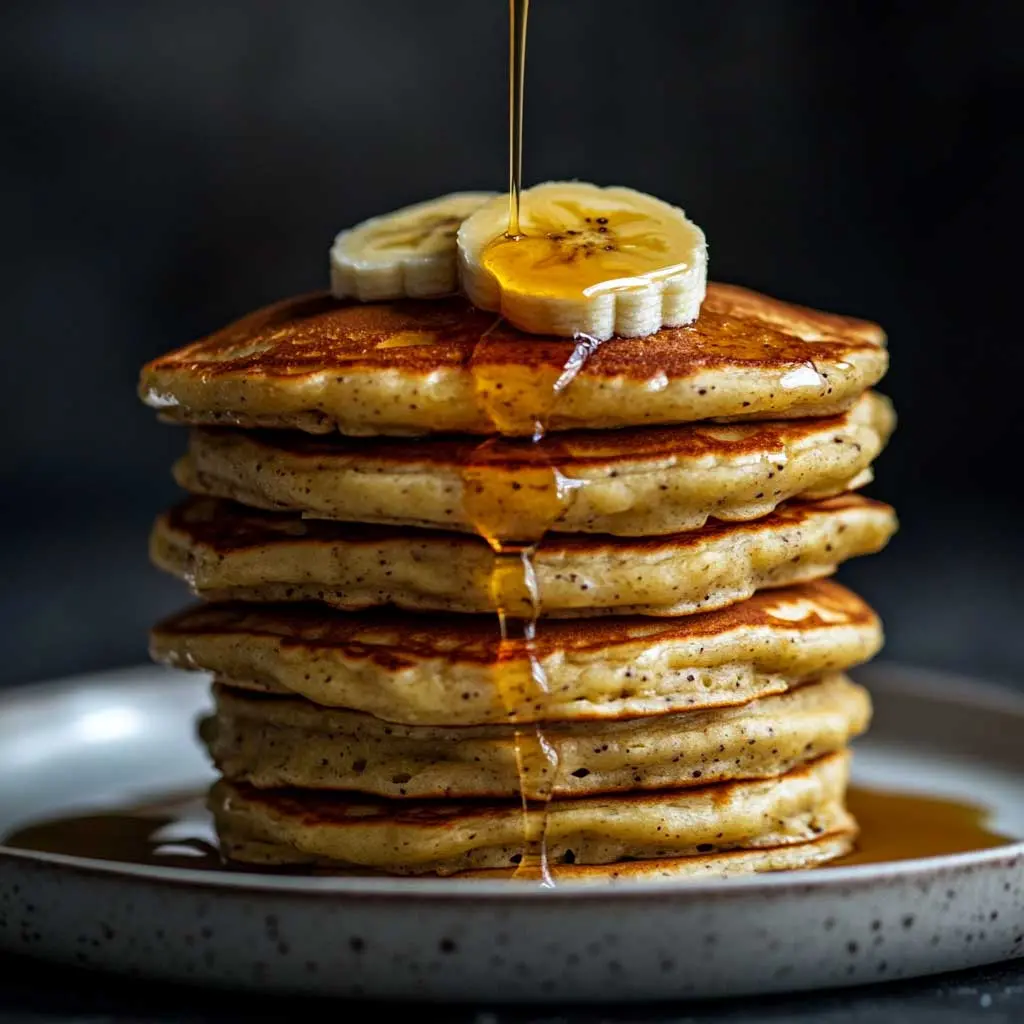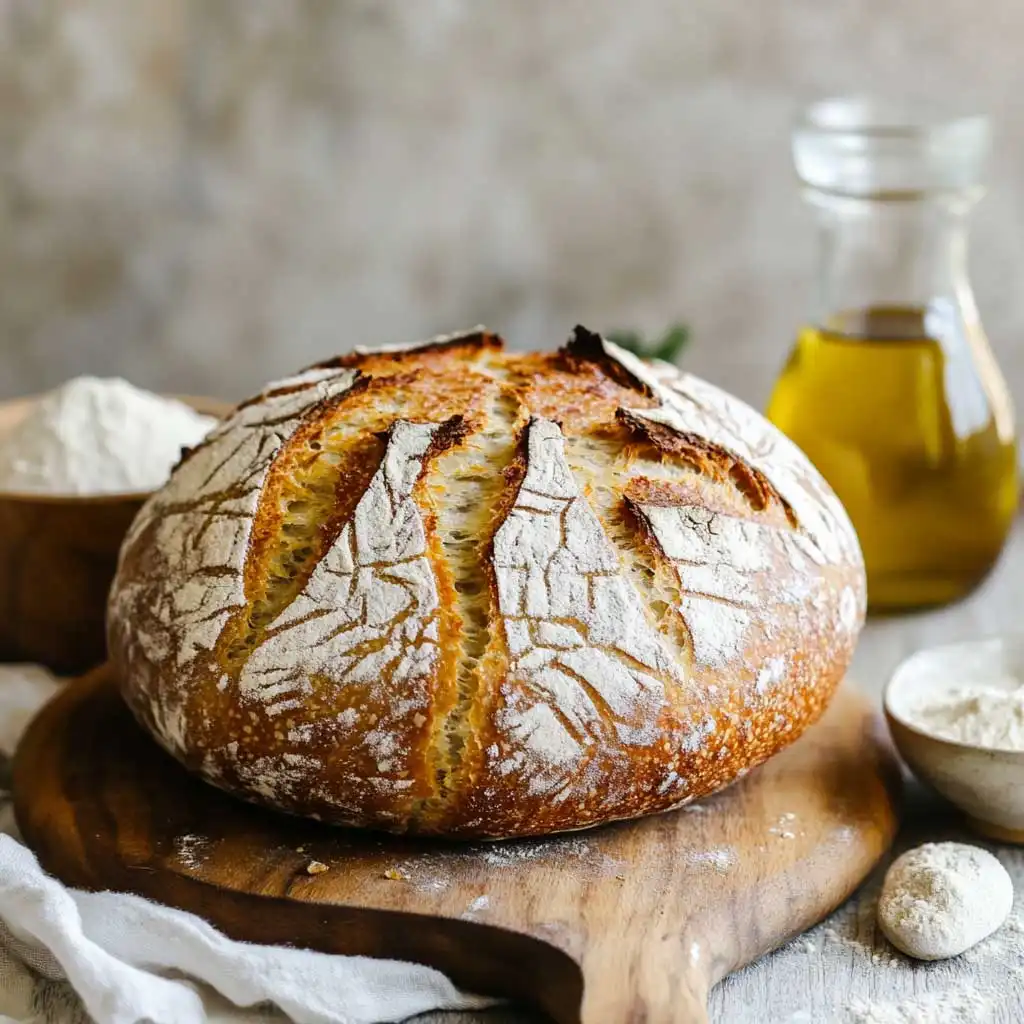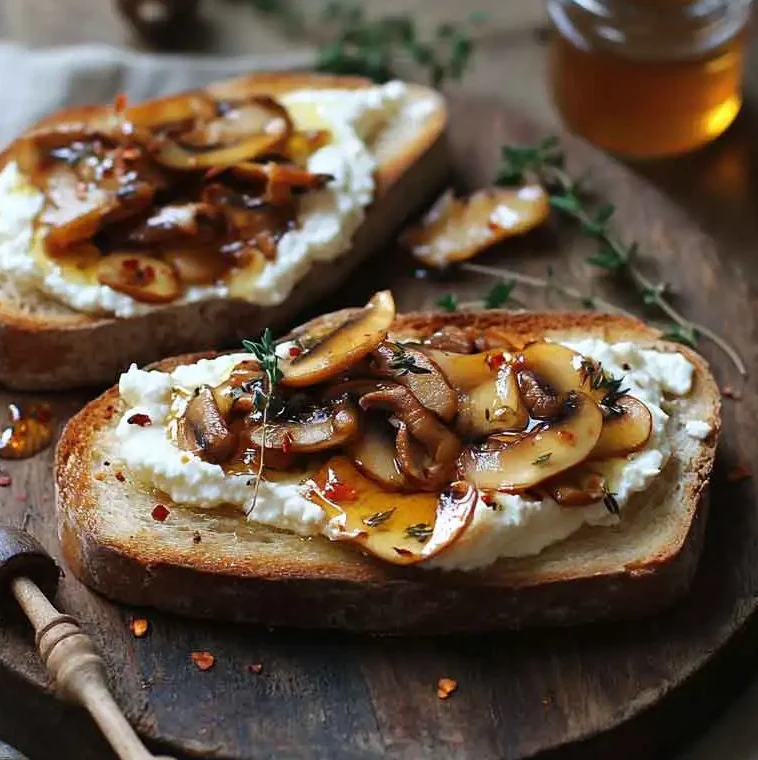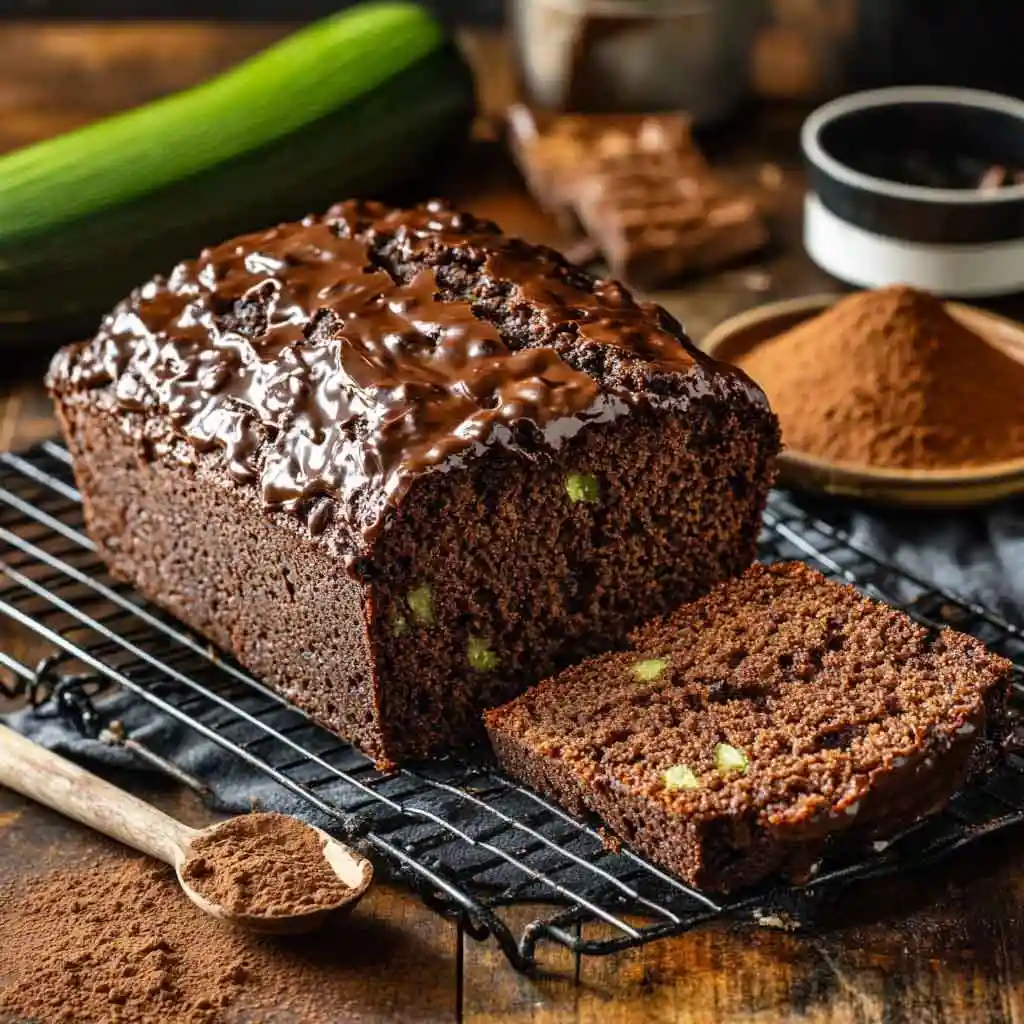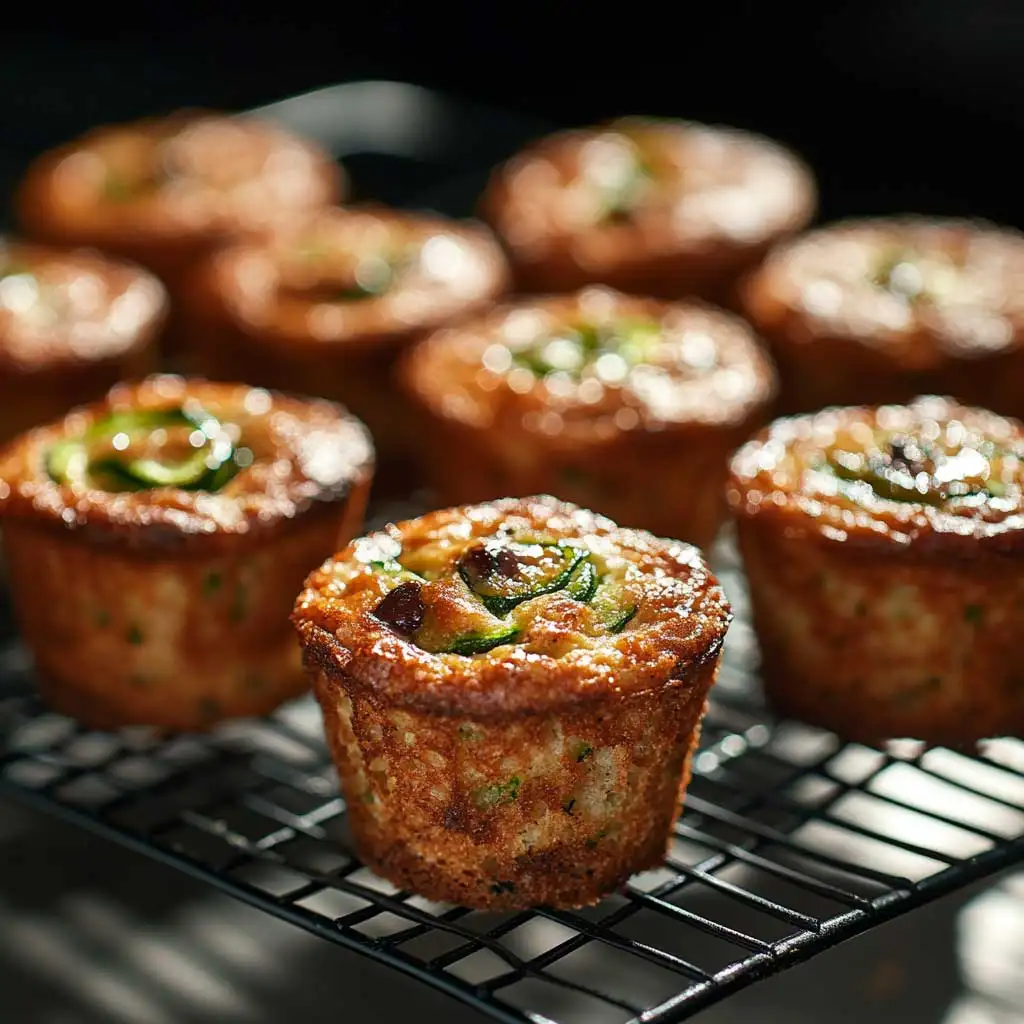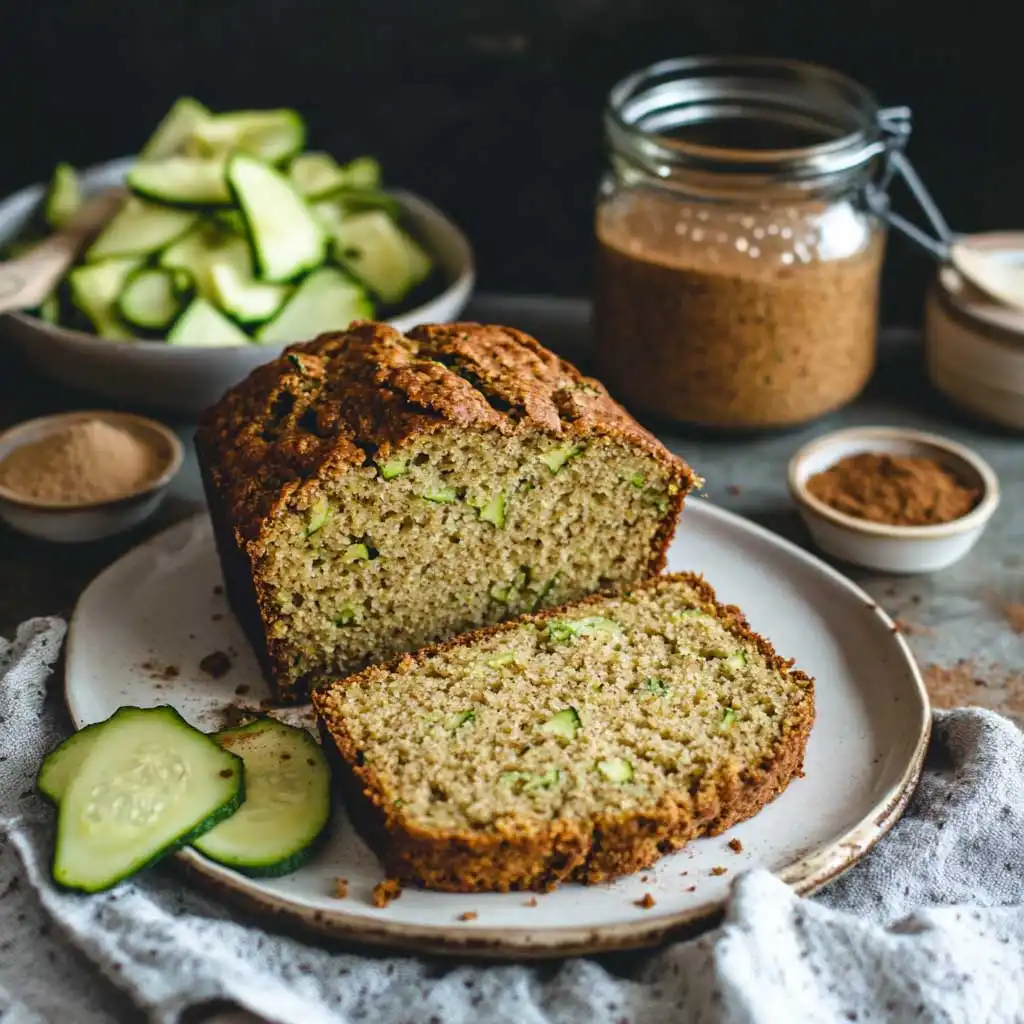Description: Practical guide with creative storage hacks and ideas for small kitchens, tall cupboards, and large kitchen cabinet organization.
The morning chaos that sparked my love for smart cabinet organization
Every morning used to begin with the same frustrating ritual: opening my kitchen cabinets and being greeted by a jumble of mismatched containers, half-used pantry items, and cookware that refused to stay stacked. In my small kitchen, even finding a clean mug for coffee turned into a treasure hunt. It was a constant reminder that no matter how beautiful a kitchen looks, it’s only as functional as its cabinet organization system.
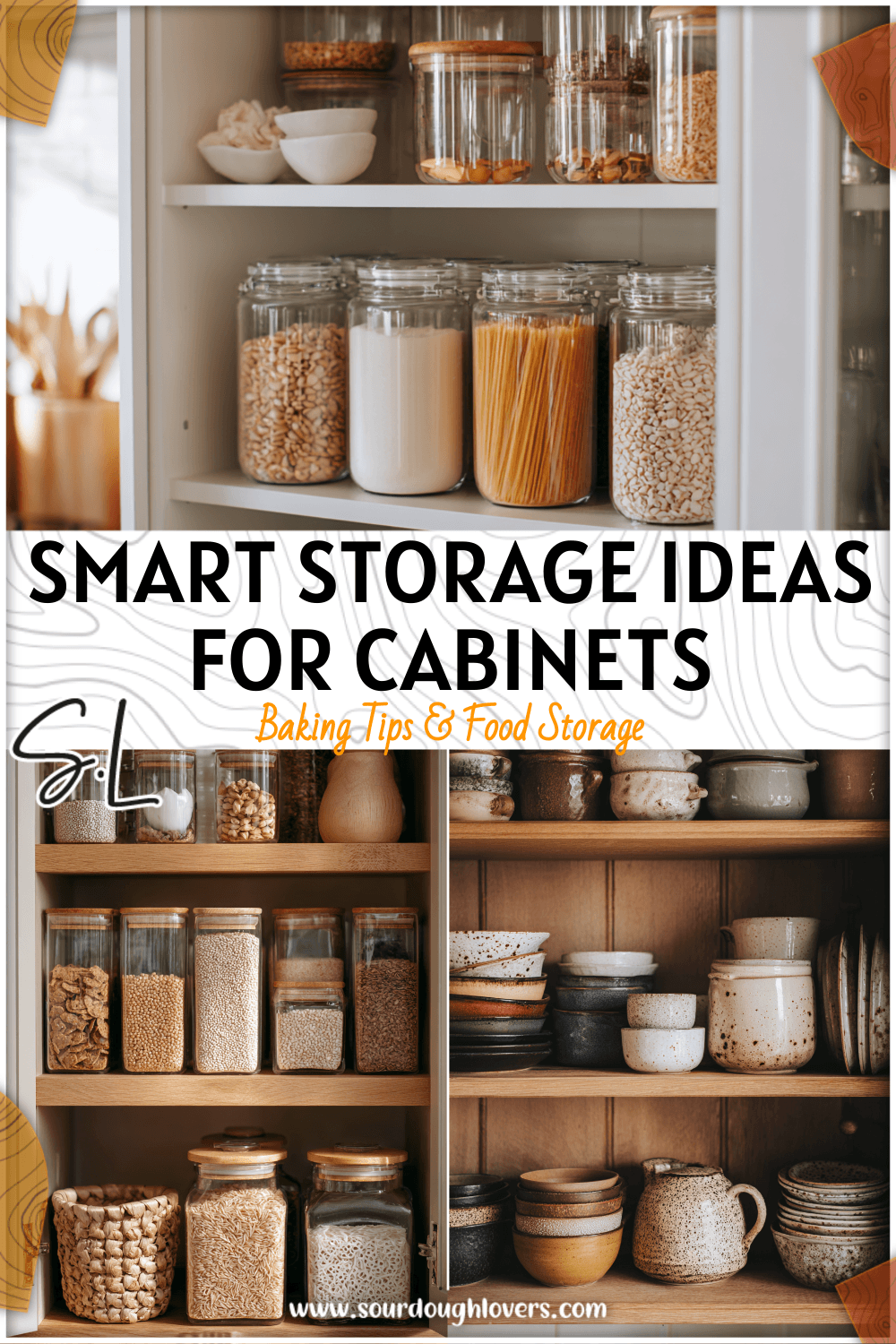
One particularly busy morning, I knocked over a stack of pots trying to grab a skillet from the back of a cupboard. That clang! was my wake-up call. I knew something had to change. That weekend, I started researching how to organize your cupboards effectively—especially for tight spaces. As I learned more about cabinet organization small kitchen solutions, I realized that smart organization wasn’t just about storage; it was about reclaiming calm and efficiency in daily routines.
Within a few days, simple adjustments like adding tiered spice racks, using pull-out drawers, and grouping similar items made cooking feel effortless again. Everything had a home, and my mornings transformed from chaotic to calm. It was astonishing how a few thoughtful tweaks could turn a cluttered kitchen into a space that worked with me, not against me.
Print
Smart Cabinet Organization for Every Kitchen Size
Description
Practical guide with creative storage hacks and ideas for small kitchens, tall cupboards, and large kitchen cabinet organization.
- Category: organization
- Method: storage
- Cuisine: kitchen
Keywords: cabinet organization, small kitchen organization, tall cupboard storage, large cabinet organization, organize cupboards, upper cabinets organization
That experience sparked my passion for cabinet organization—and it taught me a key truth: when your kitchen is organized intentionally, it doesn’t matter how small or large it is; it becomes a place where you can cook, create, and relax with ease.
Realizing every kitchen—big or small—needs a tailored approach
Once my small kitchen was under control, I visited a friend’s home—a spacious open-plan kitchen with towering cupboards that reached the ceiling. You’d think she’d have endless storage, but she confessed she struggled just as much. The top shelves became a no-man’s land for forgotten baking supplies and never-used appliances. That’s when it hit me: cabinet organization challenges don’t disappear with size—they simply change shape.
A tall cupboard storage kitchen organization system might require different tools—like step stools, adjustable shelving, and glide-out baskets—to keep high spaces accessible. Meanwhile, a large kitchen cabinet organization plan should focus on defining zones, so that every section serves a clear purpose: dinnerware in one zone, baking tools in another, and pantry goods in a third. Even with all that space, without structure, clutter creeps back fast.
What I discovered that day is that every kitchen—tiny apartment galley or grand family hub—needs a personalized approach to order. The secret lies in understanding the layout, recognizing how you use your kitchen, and designing smart cabinet systems that suit your habits.
Whether you’re battling cluttered drawers, struggling to reach high shelves, or finding ways to use that extra space wisely, smart cabinet organization adapts to your kitchen size. From compact apartments to homes with expansive kitchens, the same principles of accessibility, categorization, and flow can bring ease and beauty to your cooking space.
Maximizing every inch in a compact kitchen
When space is limited, the key to cabinet organization small kitchen design is to think vertically and use every inch efficiently. Vertical storage takes advantage of unutilized height, turning even the smallest cabinet into a multitasking zone. Try installing adjustable shelves that can be repositioned as your storage needs change. This small tweak allows you to accommodate everything from tall cereal boxes to short jars without wasting airspace between shelves.
Pull-out drawers or sliding baskets are another game changer for compact kitchens. They let you see what’s stored at the back without needing to unload everything in front. If you’re constantly reaching for spices or condiments, a rotating lazy Susan can keep these essentials accessible in one smooth spin. These accessories reduce clutter and make daily cooking easier since every item has its place.
Stackable bins and clear canisters help bring order to small spaces by eliminating mismatched packaging. Choose uniform containers that nest together neatly and label them clearly. This method not only saves room but also creates a visually pleasing, cohesive look every time you open the cabinet.
If you often struggle with deep or corner cabinets, invest in tiered racks or corner carousel shelves. They maximize depth by displaying each level, so items don’t disappear into the back. Vertical dividers for cutting boards, baking sheets, or trays can also transform cramped cupboards into neatly arranged stations.
In the end, cabinet organization small kitchen success is about layering accessibility with structure. The more intentional your setup, the more livable and inviting your kitchen becomes—even when square footage is tight.
Smart ways to group and label essentials
Once your layout feels efficient, the next step is grouping and labeling your essentials—a simple method that instantly elevates your organization system. When planning how to organize your cupboards, divide items into logical categories such as cooking ingredients, tableware, storage containers, and baking tools. This makes it easy to know exactly where every item lives.
Grouping is about reducing decision fatigue. Keep frequently used goods within arm’s reach and store less-used items higher up. For example, everyday mugs can sit on lower shelves while special-occasion glassware stays above. Transparent bins or baskets labeled by category ensure that anyone in the home can find and return items effortlessly, keeping the system consistent long term.
| Category | Storage Solution | Placement Tip |
|---|---|---|
| Dry Ingredients | Airtight jars or stackable bins | Middle shelves for daily access |
| Cookware & Pans | Sliding drawers or vertical racks | Lower cabinets, near stove for convenience |
| Baking Essentials | Pull-out baskets or lidded boxes | Upper corner shelf; label clearly |
| Spices & Condiments | Tiered spice rack or lazy Susan | Eye-level for quick selection |
| Utensils & Tools | Drawer dividers or hanging hooks | Within easy reach of prep zone |
| Snacks & Kids’ Items | Clear labeled bins | Lower shelves or drawers children can reach safely |
Labeling doesn’t have to be dull—custom printed tags, handwritten chalk labels, or even color-coded stickers add charm to your cabinets. Consistent labeling creates a visual rhythm that makes the kitchen feel more organized and intuitive.
When you implement grouping and labeling together, you reduce clutter not just visually but functionally. The time spent digging for a missing lid or spice jar drops to zero because everything has a defined place. Over time, these strategies make cleaning and restocking faster too.
In short, small kitchen efficiency thrives on strategic categories, vertical use, and clear labeling. Once these elements work together, your cupboard doors will open to calm, efficient order—proving that any compact space can feel spacious with a smart system in place.
Making tall cupboards work for you
Taller cabinets can be both a blessing and a challenge. On one hand, they provide generous vertical storage, but on the other, those top shelves can quickly become graveyards for forgotten baking pans or appliances. The key to successful tall cupboard storage kitchen organization is designing accessibility into every level.
Start by mapping out the reach zones in your cupboard. The middle area—between your waist and shoulder—is ideal for everyday use items such as plates, bowls, and dry ingredients. Reserve the top shelves for less-frequent essentials like slow cookers, seasonal glassware, or special-occasion dish sets. To make those high shelves functional, install pull-down racks or sliding organizers that allow you to bring items within reach safely and easily.
Adjustable shelving is one of the simplest yet most powerful upgrades for tall cabinets. You can reposition shelves depending on the item sizes, reducing wasted vertical space. Combine this with sturdy shelf risers or stackable bins to double your usable surface area. For example, two shorter shelves can hold far more than one tall, half-empty one.
A lightweight foldable step stool is another must-have for tall cupboards. Keep it stored in a slim gap between cabinets or near the pantry so it’s always handy. A small investment here eliminates the risk of overreaching and helps maintain order at upper levels, ensuring those shelves remain functional rather than decorative.
Finally, consider adding lighting. LED strip lights or motion-activated puck lights make it easier to find items tucked deep into upper cabinets. You’ll be surprised how much smoother cooking becomes when visibility improves.
Smart tall cupboard storage kitchen organization is all about purposeful layering: accessible daily zones below, long-term storage above, and clever tools bridging the gap. When those elements harmonize, even the highest shelf becomes a usable, efficient part of your kitchen system.
Creating flow in large kitchen cabinet organization
While small kitchens demand creativity, large kitchens require intention. With so many cabinets and drawers, clutter can spread quickly if a structure isn’t in place. Large kitchen cabinet organization works best when you think in zones—grouping areas by purpose to create a smooth cooking flow and clear storage hierarchy.
Start by identifying how you move through the kitchen. Where do you usually prep ingredients, cook meals, and serve food? Once those zones are defined, assign nearby cabinets accordingly.
- Prep zone: knives, cutting boards, and mixing bowls
- Cooking zone: pots, pans, oils, and utensils
- Cleanup zone: dishes, soap, and towels
- Baking zone: flour, sugar, measuring cups, and mixers
These micro-areas streamline your workflow and ensure that you never have to crisscross the kitchen for one missing item.
| Zone | Cabinet Contents | Storage Tips |
|---|---|---|
| Prep Zone | Bowls, cutting boards, measuring spoons | Lower drawers for boards, shallow shelves for bowls |
| Cooking Zone | Pots, oils, spices | Use pull-out racks near stove for quick access |
| Baking Zone | Flour, sugar, baking sheets, mixers | Keep airtight bins and vertical pan dividers |
| Dining Zone | Plates, glasses, cutlery | Store closest to dining space or island cabinets |
| Cleanup Zone | Dish soap, sponges, towels | Add organizers under the sink to maximize depth |
Once zones are defined, incorporate dividers, drawer inserts, and pull-out racks to keep everything contained. Deep drawers are fantastic for bulkier items like mixing bowls or storage containers, while narrow pull-outs can hold spices or trays efficiently.
Don’t forget visual organization in large kitchen cabinet organization. Transparent bins or labeled baskets make it easy for family members to maintain order too. If your kitchen has glass-front cabinets, curate the display with matching dishes or clear jars for a polished look.
The beauty of a large layout is flexibility—you have the luxury of space to refine storage. But without boundaries, that same space can become overwhelming. Zoning provides structure that keeps your entire system functional, ensuring every cabinet supports your cooking, cleaning, and entertaining routine.
By combining the accessibility principles from tall cupboards with the zoning strategies of large kitchens, you create a cohesive, efficient space that feels intuitive to use. Your kitchen—whatever its size—becomes an example of balance between beauty and function.
Frequently Asked Questions on How to Organize Your Cupboards
1. How can I keep upper cabinets organized long-term?
The best way to maintain order in your kitchen upper cabinets organization is consistency. Keep a regular habit of decluttering, remove expired goods or unused cookware, and assign fixed zones for categories. Use shelf risers or stacking racks to divide vertical space effectively, install clear bins with labels, and adopt the “one in, one out” rule to keep balance.
2. What are the best tools for small kitchen cabinet organization?
For cabinet organization small kitchen, focus on tools that maximize space and visibility: pull-out drawers, rotating lazy Susans, magnetic spice racks, and adjustable shelving. Clear stackable containers help reduce packaging waste and make items easy to find. Adhesive hooks on cabinet doors can hold utensils or lids, turning unused surfaces into smart storage zones.
3. How do I clean and maintain tall cupboards easily?
Cleaning high cupboards is easier with preparation. Keep a sturdy step stool nearby, use a microfiber cloth or extendable duster, and line shelves with removable mats to simplify upkeep. When planning tall cupboard storage kitchen organization, store lightweight or seasonal items up high and add LED lights for visibility, reducing both effort and dust buildup.
4. Which materials last longest for kitchen cabinet dividers?
Durable options include bamboo, stainless steel, and high-quality acrylic dividers. Bamboo offers a natural look, stainless steel provides strength and moisture resistance, and acrylic fits modern kitchens for large kitchen cabinet organization. Choose snug-fitting dividers that remain stable even with heavy cookware.
Final thoughts on kitchen upper cabinets organization
Smart cabinet design isn’t about perfection—it’s about function, flow, and feeling at ease in your own kitchen. Whether you’re figuring out how to organize your cupboards in a small apartment or optimizing a larger space filled with deep drawers and tall shelves, the secret is consistency and adaptability. Start small—maybe one pantry shelf, a single drawer, or the top of a cluttered cupboard. Every bit of reorganization adds momentum.
The beauty of kitchen upper cabinets organization lies in simplicity. Use the height you have wisely, keep only what you love and use often, and let storage tools work in your favor. Label clearly, adjust shelving as your needs evolve, and design your space around how you cook and live. A system that fits your habits will naturally stay tidy with minimal effort.
Remember, order doesn’t happen overnight, but each thoughtful adjustment brings you closer to a kitchen that feels calm, efficient, and inspiring. When every cupboard serves a clear purpose, you’ll spend less time searching and more time savoring the joy of cooking. No matter your layout—small, tall, or large—smart cabinet organization ensures that your kitchen functions beautifully for years to come.





